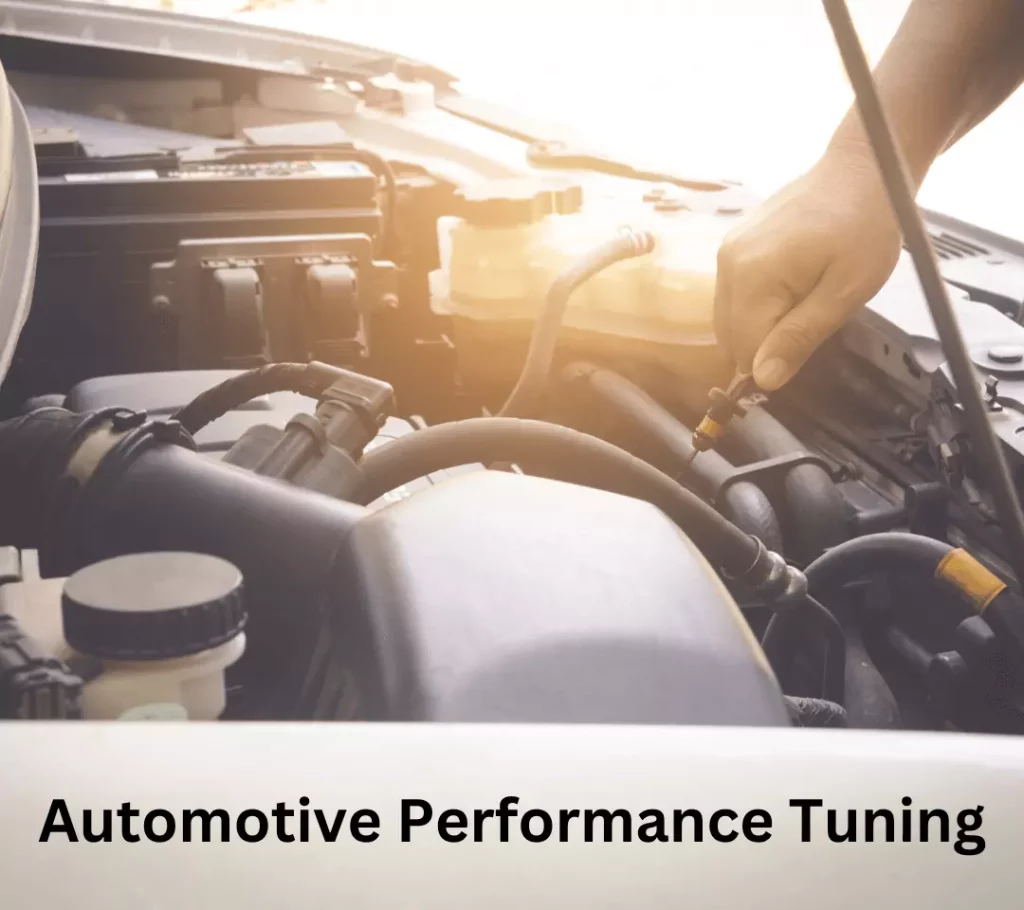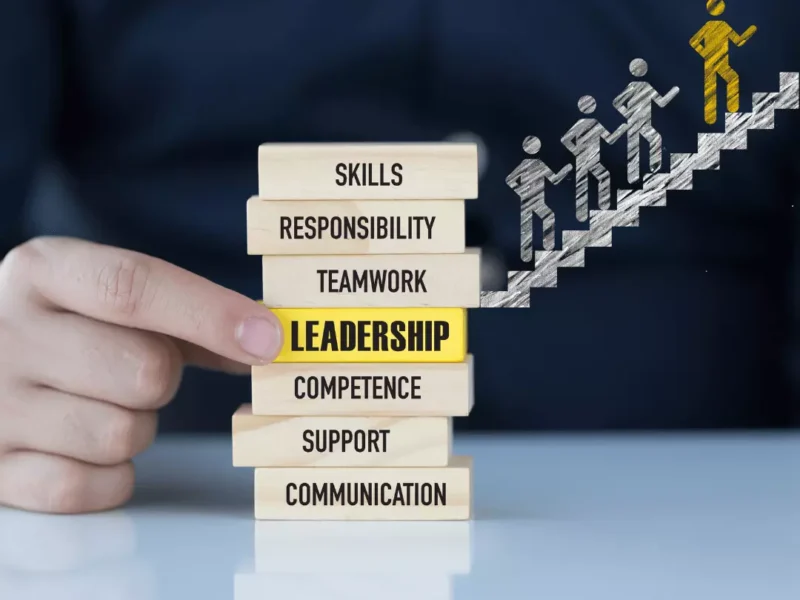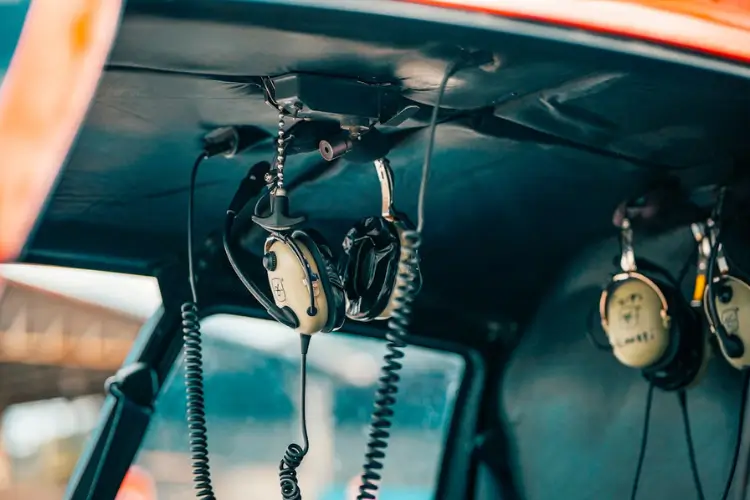
Early Days of the Hot Rod
The origin of the “hot rod” can be traced back to the early 20th century, when enthusiasts would modify and customize Model T Fords and other vehicles for improved performance and speed. This tinkering and tuning culture steadily grew through the 1920s and 1930s, as hot rodders experimented with modifying engines, drivetrains, chassis, and bodies to squeeze more power out of their vehicles.
During the post-war 1940s and 1950s, hot rodding exploded in popularity, particularly in Southern California. This was fueled by the availability of surplus engines and parts after World War II. Magazines like Hot Rod spread the gospel of go-fast modifications and introduced new speed parts to enthusiasts hungry for more performance.
Engines and Forced Induction
In the quest for more power, early hot rodders quickly realized the limitations of stock engines. This led to experimenting with boring out cylinders, adding more carburetors, and experimenting with camshafts and ignition timing.
One particularly effective modification was adding forced induction with superchargers and turbochargers. Forced induction compressors allowed more air and fuel into the cylinders, increasing horsepower substantially. The iconic roots-style blowers first seen on hot rods in the 1930s are still used today.
Gas Crisis Spurs a Shift
Things changed dramatically for hot rodders and performance enthusiasts in the 1970s. The gas crisis meant skyrocketing fuel prices and long lines at the pump. Automakers began downsizing engines for better fuel economy, much to the chagrin of gearheads.
The performance aftermarket responded with technologies like turbocharging to extract more power from smaller displacement engines. Electronic fuel injection started replacing carburetors, providing better efficiency and driveability.
Rise of Electronic Engine Management
Tuners quickly realized the potential of customizing electronic engine management systems to optimize performance. This allowed adjusting fuel and spark maps to increase power while accommodating mods like turbochargers and less restrictive exhausts.
The 1980s saw a proliferation of programmable ECU chips and piggyback computers that modified signals to and from factory ECUs. More control over parameters like boost pressure, ignition timing, and air-fuel ratios enabled getting substantially more power from modified engines.
Modern Tuning Capabilities
Today’s performance tuning scene is almost unrecognizable compared to the early days of hot rodding. Electronic engine management and forced induction systems have become incredibly sophisticated. Professional grade tools like dynos, boost controllers, and engine calibration software are accessible to amateur tuners.
Forced Induction Technology
The popularity of turbocharging has exploded thanks to advances in turbo technology. Precision computer-designed turbos from companies like Garrett and BorgWarner outperform old-school blowers. Other mods like intercoolers, blow-off valves, and electronic boost controllers optimize turbo performance.
Modern direct injection, variable cam timing, and cylinder deactivation allow smaller turbocharged engines to produce incredible power while remaining drivable. 400+ horsepower four cylinders putting out rally car performance are available straight from the dealer lot.
The Future of Automotive Performance
While early hot rodders could only dream about today’s performance capabilities, there remain almost endless opportunities for tuning and modifying modern vehicles. Technology like electric superchargers, water meth injection, and flex fuel give tuners new ways to go faster.
As automakers continue adding electrification through hybrids and EVs, expect a new world of possibilities for custom performance software and hardware. And with autonomous driving systems coming soon, gearheads may finally be free to ignore the road and focus just on making their machines even faster!
The hot rodding spirit lives on for those who love getting their hands dirty optimizing performance. While the methods evolve, the thrill of more speed and pushing limits remains timeless. The future looks bright for creative tuning solutions that keep that adrenaline pumping.
You can find quality turbocharger components like banks intercooler to maximize your boosted engine’s power.



